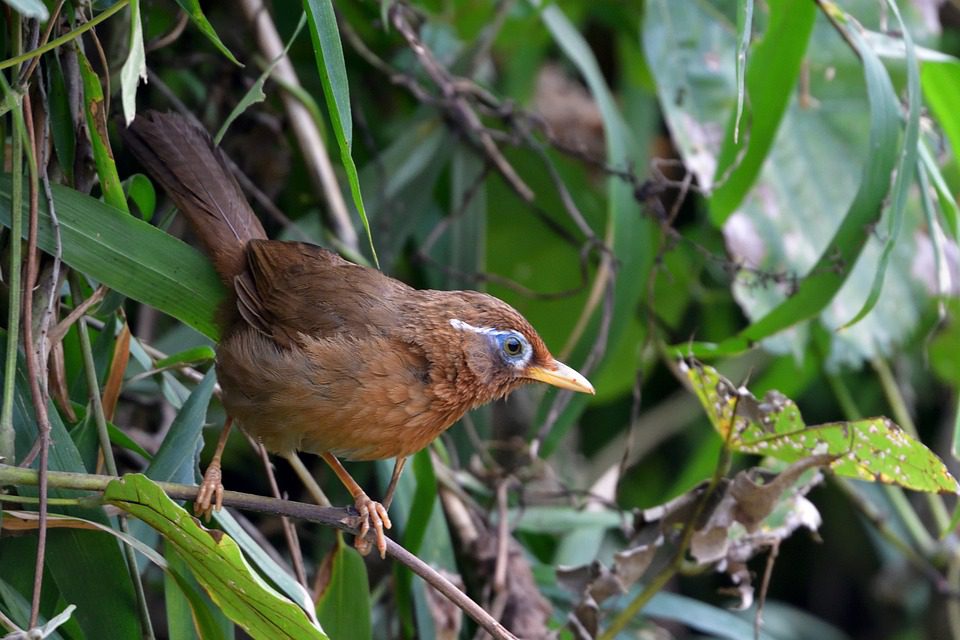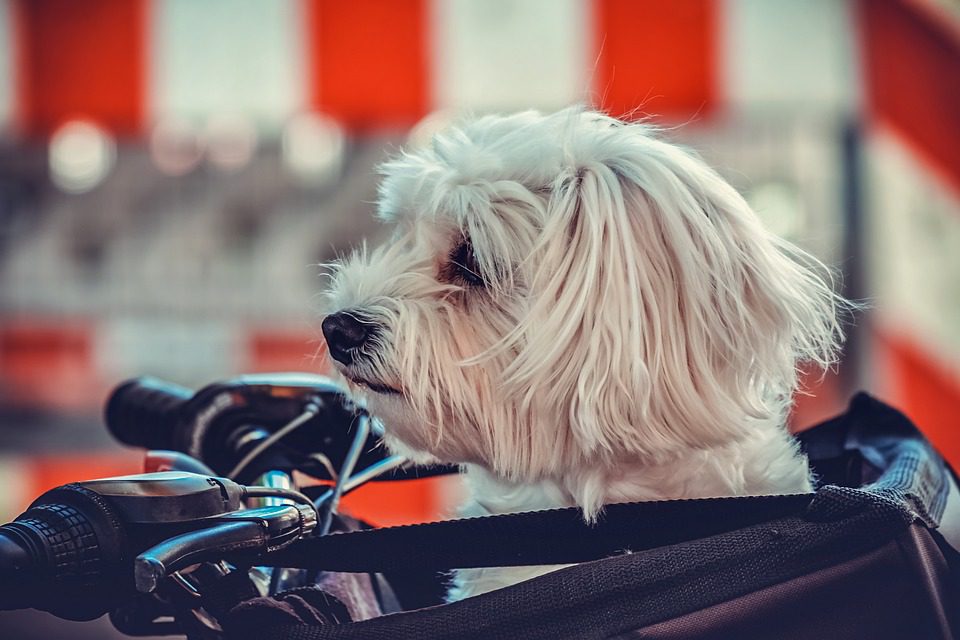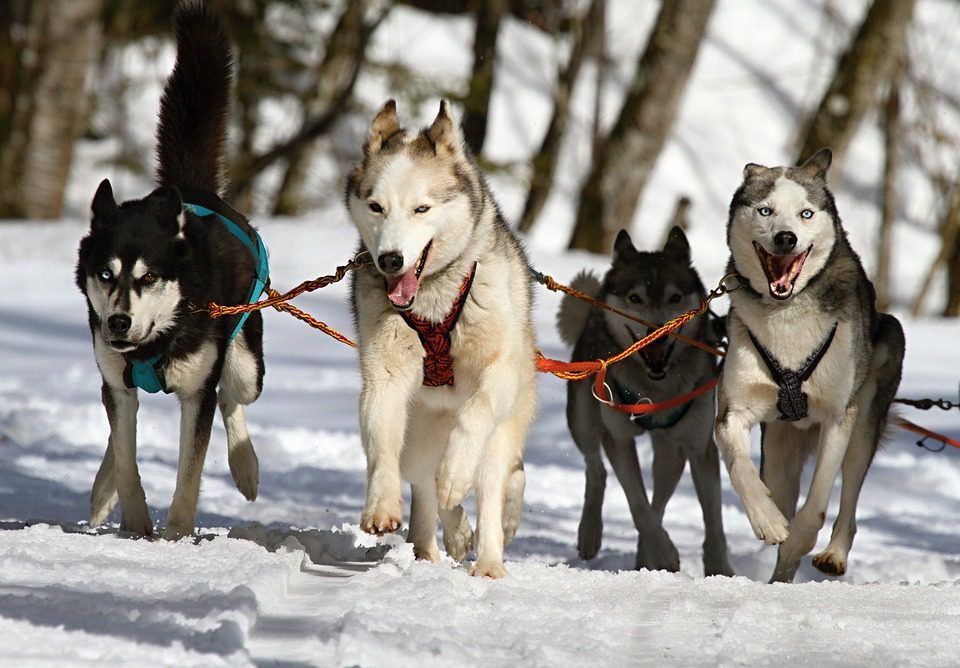Why do Chows Bite People?
Table of Contents
Chow Chows are known for their loyalty and devotion, but they can also be territorial and defensive when it comes to strangers. Unfortunately, this can lead to biting, which is why it’s important for owners to understand why Chows bite people and how to prevent it.
Chow Chows and Aggression
Chow Chows are known for their loyalty, but they can also be quite aggressive. They are a breed that is known to be territorial, meaning they can become protective of their humans and their environment. They can also be quick to defend themselves in certain situations, and this can lead to biting.
Biting as a Defense Mechanism
Chow Chows may bite as a defense mechanism if they feel threatened or cornered. This could be due to a stranger entering the house, or if the Chow Chow is startled or scared by something. If a Chow Chow feels that it is in danger, it may bite in order to protect itself.
Fear Biting
Fear biting is another common reason why Chows bite people. If a Chow Chow is not properly socialized or not exposed to a variety of people and situations, it can become scared or anxious around strangers. This fear can manifest itself in the form of biting, as the Chow Chow may feel that it needs to protect itself.
Dominance Biting
Chow Chows can also bite out of dominance. If a Chow Chow feels that it is the alpha dog in the house, it may try to assert its dominance over others in the house, including people. This could lead to the Chow Chow attempting to bite the person in order to show them who is the boss.
Preventing Chows from Biting
The best way to prevent Chows from biting people is to ensure that they are properly socialized and exposed to a variety of people and environments. This will help the Chow Chow to become used to new people and situations, and will make them less likely to bite out of fear or anxiety.
It is also important to ensure that the Chow Chow knows its place in the house. If it does not feel that it is the alpha dog, it may be less likely to act out in a dominant manner. This can help to prevent the Chow Chow from biting out of dominance.
Finally, Chow Chows should be trained to be obedient and understand commands. This means that the Chow Chow should be able to obey commands such as “sit” and “stay”, which can help to prevent it from biting in certain situations.
Understanding why Chows bite people is the first step to preventing it. By ensuring that the Chow Chow is properly socialized, knows its place in the house, and is obedient, owners can help to reduce the chances of their dog biting.
Common Myths Surrounding Chow Biting
Myth: Chows are naturally aggressive and will bite people.
Fact: Chows are typically not aggressive and can be friendly and loyal if properly trained and socialized. They may bite if they feel threatened, but they do not have an inherent aggression towards people.
Myth: Chows are unpredictable and will bite without warning.
Fact: Chows are generally protective of their owners, and may give warnings such as growling or barking if they feel threatened. If these warnings are ignored, a Chow may bite.
Myth: Chows will only bite if provoked.
Fact: Chows may become aggressive when provoked, but they can also bite without provocation. It is important to properly train and socialize your Chow to help reduce the risk of aggressive behavior.
Frequently Asked Questions
Conclusion
.
Chow Chows are known for their loyalty and devotion, but can also be territorial and defensive when it comes to strangers. Biting can be due to a defense mechanism, fear, or dominance. To help prevent biting, owners should ensure the Chow Chow is properly socialized and exposed to new people, understands its place in the house, and is obedient. Training, socialization, and understanding the Chow Chow’s behavior are key to preventing biting.




